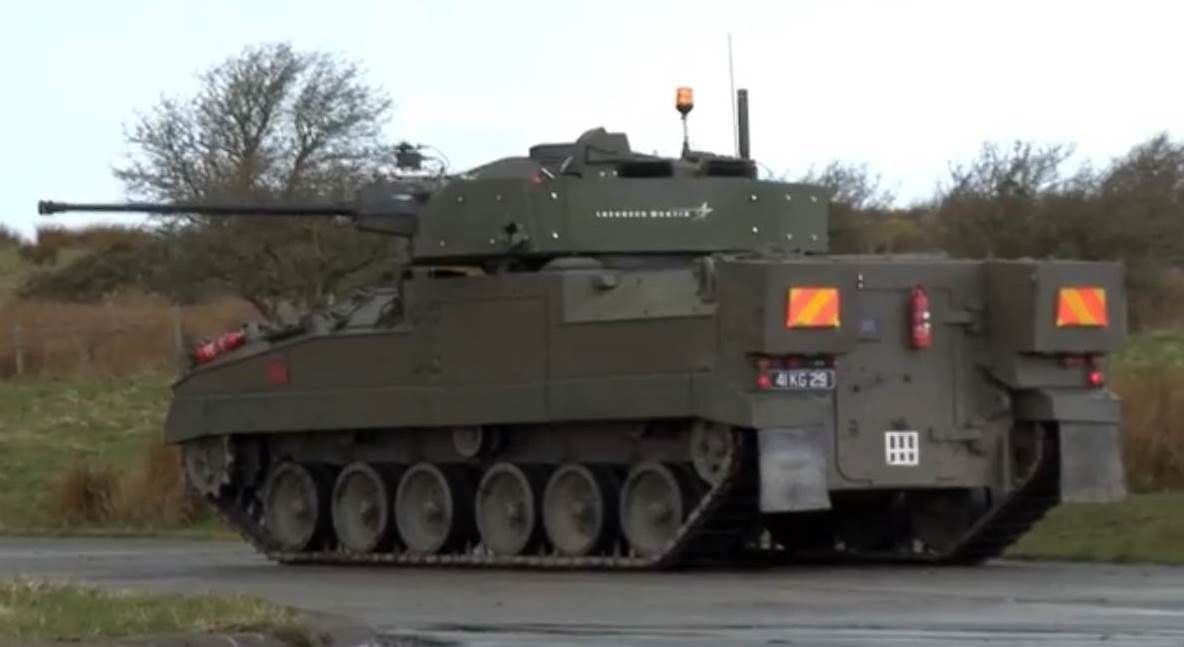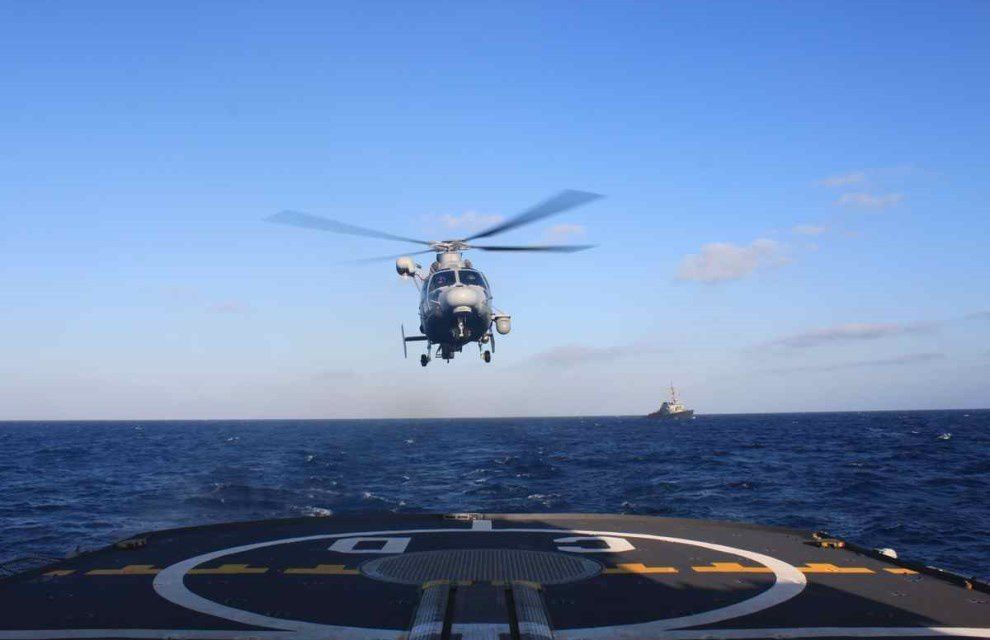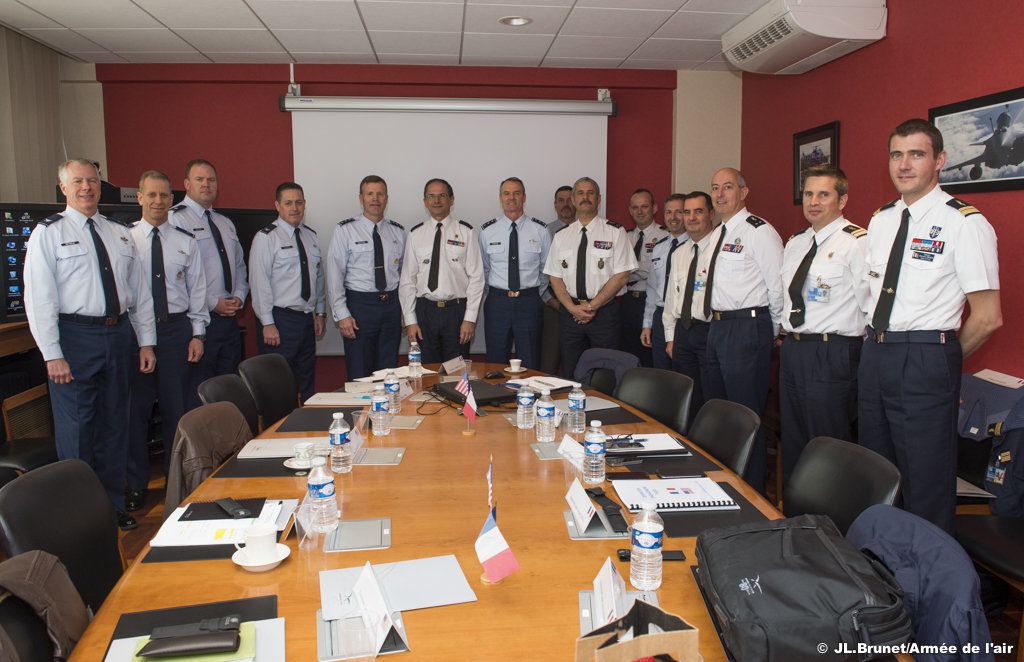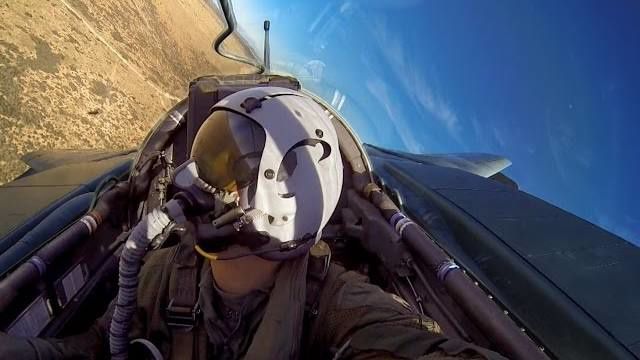March 21, 2015 By Barbara Opall-Rome – Defense News
TEL AVIV — Israel has passed the point of no return in its plans to sell Israel Military Industries (IMI) to the highest qualified bidder by the end of this year, according to the man charged with overseeing privatization of the nation's oldest defense firm.
"There's no turning back … We're now in a process that won't be stopped," said Ori Yogev, head of the Government Companies Authority (GCA).
After decades of discussion and short-lived privatization plans, the government formally published its request for bids this month.
By autumn, the government aims to announce the winning bidder or consortium of investors in IMI Systems, a restructured, debt-free, advanced technology-oriented spinoff of IMI, an 82-year-old firm that predates Israeli independence.
Up to 90 percent equity in the new firm is being offered to eligible foreign investors, with transaction closing slated by the end of December.
In an interview shortly before last Tuesday's election, Yogev said neither the current lame duck government nor the one to be formed under fourth-term leadership of Prime Minister Benjamin Netanyahu are interested or even capable of halting the process.
"We have the force of a formal government decision driving this and there is consensus among all the political players," he said.
"There won't be a new defense minister who can do anything differently. We would need a new prime minister, finance minister and defense minister to jump in and battle the consensus, and that simply won't happen."
In April, the GCA, IMI management and advisers from Stifel, Nicolaus & Co. — a US-based brokerage and investment banking firm hired by the government to assist in the sale — will embark on a road show aimed at cultivating interest among prospective buyers in the US and possibly Europe.
Candidates have until May 15 to notify the government of their interest, after which they will be screened by the Israeli Defense Ministry to access GCA's data of IMI financials, technology development programs and backlog of orders. Access to GCA's data room will require a $1.5 million bank guarantee.
"At this stage, the [bank guarantee] allows preliminarily certified candidates into the data room where they'll see the entire agreement, closing schedules and all they need to conduct due diligence. Then, if they decide they really want to bid, candidates will undergo a final screening by MoD to determine eligibility," Yogev said.
Under the closure of sale process, MoD-cleared candidates have until mid-September to submit bids, along with a prerequisite $8.5 million bank guarantee. The government plans to sell IMI to the highest bidder, with transaction closing slated by the end of the year.
"In the meantime, it could be that some of the international and local parties may want to join forces, since the government is requiring an Israeli partner with at least 10 percent equity," Yogev said.
He noted that the government retains the option to negotiate a best and final offer, should offers fall short of IMI's assessed value of some $600 million.
He confirmed locally published accounts that the government has subsidized IMI to the tune of 2.5 billion shekels (US $620 million) over the past decade, primarily to cover pension expenses of employees long absent from company rosters.
"We are taking all the problems of the past and leaving them in the government's hands," Yogev said.
"All the agreements are signed. More than 1 billion shekels have been budgeted to prepare for this privatization… Already 800 workers have left IMI and there is a plan for a few hundred more during the course of the year," Yogev said.
"The company we're offering is debt-free and cleansed of all legal claims. It's a company with a rich heritage that boasts a record backlog of more than $2 billion based on fully transparent and internationally accepted accounting procedures," Yogev said.
Vital Strategic Asset
Designated by the government a vital strategic asset, the new firm will remain an Israeli company, managed by Israeli nations and subject to Israeli laws and Defense Ministry security procedures.
According to data posted on the GCA's website, candidate investors will be disqualified if they are: "a hostile state; a citizen or resident of a hostile state; a corporation that was signed or whose center of business is in a hostile state; a corporation controlled by a hostile state or citizen and/or resident of a hostile state; or a foreign state."
The company will be sold as a single entity apart from heavy rocket propulsion systems and other classified programs that will remain in government hands under a new company, called Tomer, to be managed by MoD.
Yogev estimates that all but "a few hundred million shekels" of IMI's $2.125 billion backlog and 380 of its 2,700-strong workforce will be transferred to state-owned Tomer.
"There's a small, but very important part of IMI that we will not transfer to private ownership. But Tomer will not compete with the privatized IMI. On the contrary, Tomer has a strong agreement with IMI to cooperate in future. The new IMI will produce for Tomer and will be a market for some of its technologies," he said.
IMI Managing Director Avi Felder noted that the new company up for sale has undergone a significant restructuring and efficiency streamlining, with hundreds of millions of shekels invested in upgraded infrastructure and new product lines.
"At the beginning of 2015, IMI realigned its corporate operating structure to better serve a shift in customer demand from individual products to comprehensive defense solutions. In the process, we've reduced redundancies across divisions," he said.
"We enjoy a global customer base that spans Europe, Asia and the Americas, along with decades of close cooperation with the Israel Defense Forces, the US military and NATO forces," Felder said.
He noted that sale of the firm includes 85 percent of Ashot Ashkelon, a provider of jet engine shafts, drive and suspension systems; as well as 100 percent of IMI's Anti-Terror Academy.
"We're well positioned across a very focused and value-added spectrum of the defense and homeland security market," Felder said.
According to the GCA's website, IMI streamlined its operations from five divisions with 11 units into three divisions — firepower, maneuverability and small caliber ammunition — with five customer-oriented business units.
GCA noted that the firm routinely invests some $110 million in Israeli government- or customer-funded research and development and is now operating under high environmental, health and safety standards as required by Israeli law.
Recent awards include a $660 million, five-year contract to Israel's MoD for advanced tank rounds and munitions and another $150 million in Israeli MoD replenishment of weaponry expended in last summer's Protective Edge war in Gaza. Additionally, GCA listed another $700 million in unspecified export contracts as part of IMI's backlog.
"At the beginning of 2016, IMI is set to operate as a leading international defense company under private ownership," said retired Israeli Maj. Gen. Udi Adam, IMI's chairman.
"As a private company, IMI will have more managerial flexibility to maximize existing capabilities and fortify future competitiveness on the global market," he added







/image%2F0547456%2F20150427%2Fob_cc04ed_bataillon-de-chasseurs-a-cheval-en-p.JPG)
/image%2F0547456%2F20150427%2Fob_5bc90a_caches-a-l-oree-du-bois-les-veh.JPG)
/image%2F0547456%2F20150427%2Fob_27c92c_depart-de-la-mission-de-reconnaissanc.JPG)
/image%2F0547456%2F20150427%2Fob_d782f7_l-equipage-peut-utiliser-une-camer.JPG)
/image%2F0547456%2F20150427%2Fob_b1e151_le-bataillon-de-chasseurs-a-cheval-re.JPG)
/image%2F0547456%2F20150427%2Fob_d0d9f3_le-lieutenant-colonel-francis-pierard.JPG)
/image%2F0547456%2F20150427%2Fob_1acae4_un-officier-de-liaison-americain-en-t.JPG)
/image%2F0547456%2F20150427%2Fob_a79efa_une-patrouille-de-reconnaissance-avec.JPG)


























